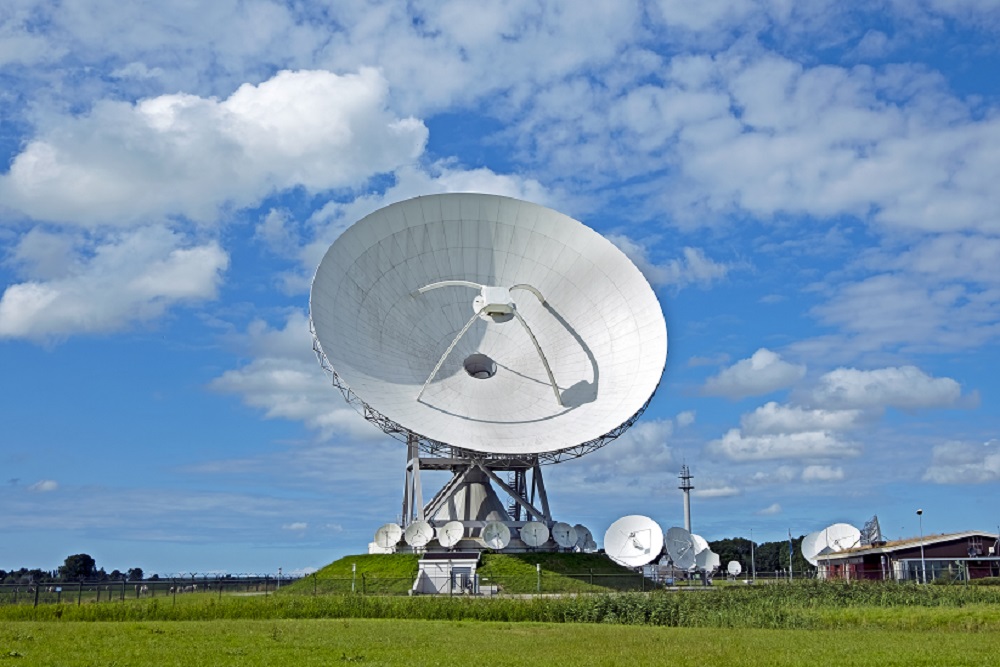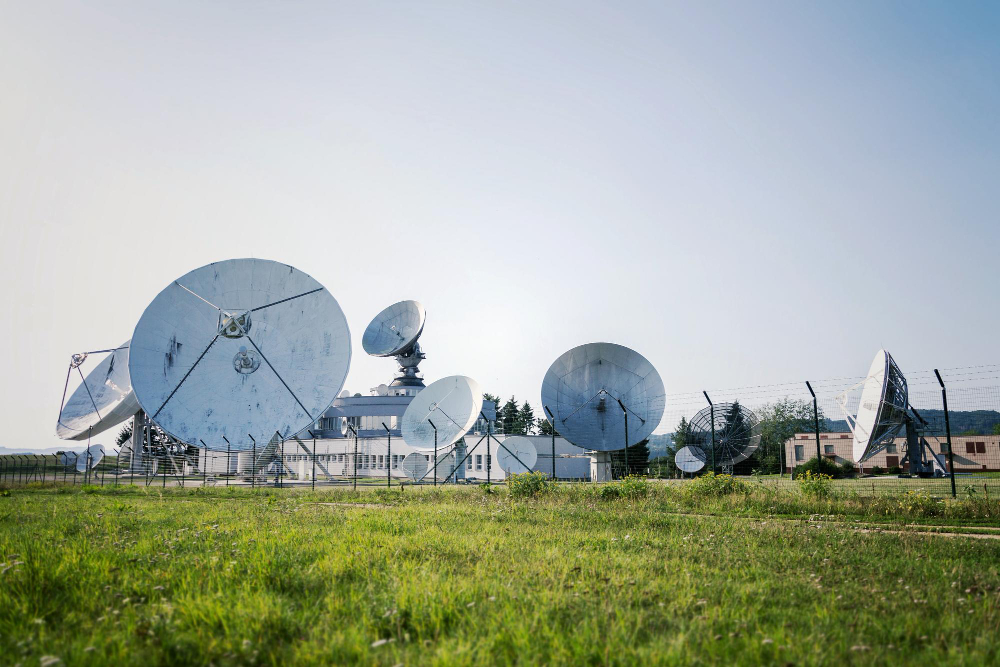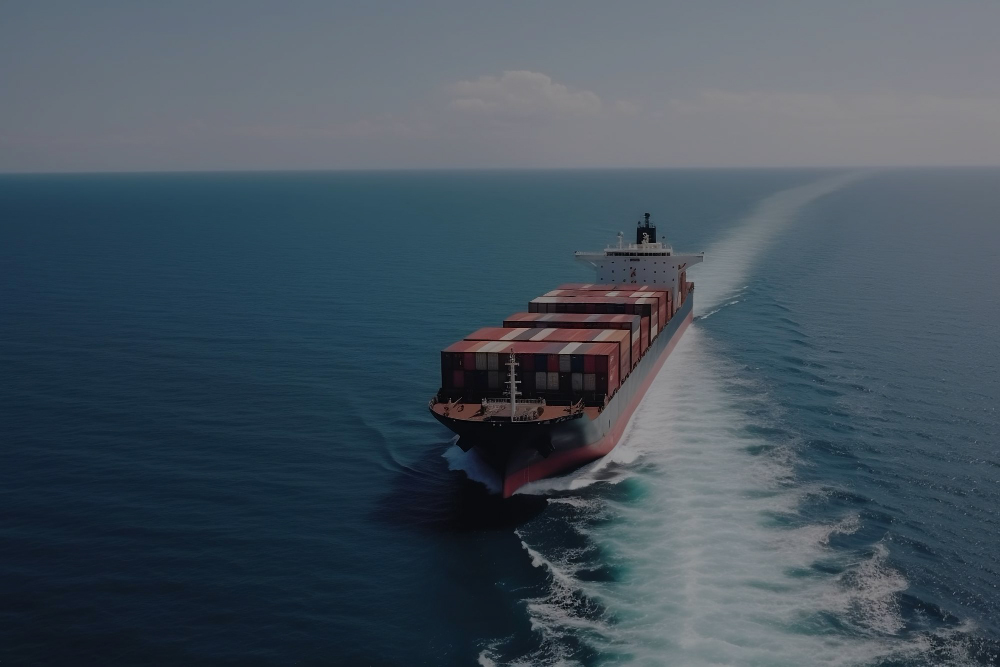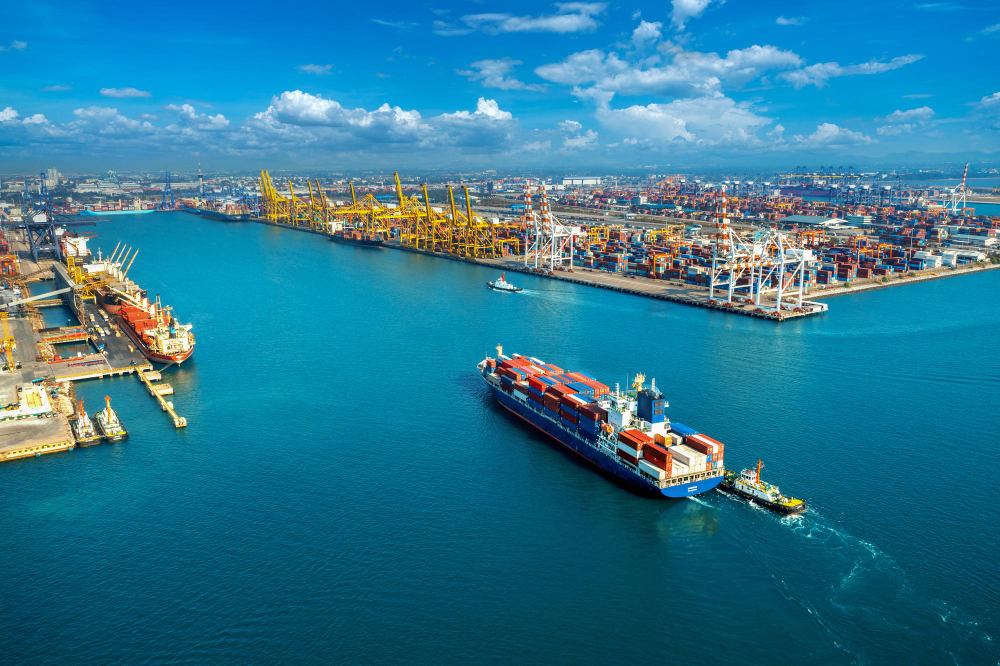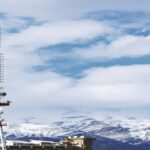The Role of Satellite Technology in Disaster Management and Rescue Missions
The recent reports of the missing Titan submarine in the Titanic wreckage, in Newfoundland Canada, has sparked much interest worldwide. As rescue mission teams and robots continue to scour the depths of the Atlantic Ocean for any clues of the sub, the world waits with bated breath for any news on the operation amidst concerns of the crew’s air supply running out.
Such rescue missions are not new to the satellite telecommunications industry. Disaster management teams have long relied on satellite technology to facilitate search and rescue missions worldwide. This blog post highlights how satellite technology has been deployed in disaster management and rescue operations recently.
The Missing Malaysian Airlines Flight 370
The 2014 disappearance of Malaysian Airlines Flight 370 is one of the most mysterious disasters in the aviation industry. While flight crashes are common, the MH370 disappearance was controversial because the flight vanished from the radar screens leaving no trace behind to confirm its fate and that of its crew and passengers. This birthed various theories on what could have taken place.
The mystery was solved by the investigations from the British satellite company Inmarsat which analyzed satellite messages sent by the aircraft just before its disappearance. By tracking these messages, Inmarsat was able to narrow down the last location of the flight in the Indian Ocean, west of Australia. The rescue mission teams finally solved the mystery with these satellite technology findings and closed the case.
The Indonesia Submarine KRI Nanggala 402
In April 2021, a submarine belonging to the Indonesian Navy disappeared during a torpedo firing drill exercise in the Bali Sea. Indonesia’s neighbors, including India, Malaysia, and Singapore, worked with the International Submarine Escape and Rescue Liaison Office (ISMERLO) to recover the submarine from 838 meters underwater. Satellite technology was critical in locating the submarine, its debris, and the 53 sailors on board. The rescue mission teams used satellite imagery to identify an oil spill from the sunken vessel on the surface of Bali’s Sea waters, and this guided the rescue team through the recovery operations.
The 2023 Türkiye-Syria Earthquake
In the wake of the powerful earthquakes that rocked Türkiye and Syria in February 2023, many nations rushed to assist in rescue operations and disaster relief for the affected victims. Nonetheless, satellite technology was critical in rescuing victims from rubble and debris and reducing the number of fatalities in this disaster. Synthetic aperture radar satellite technology used data from NASA and the Earth Observatory of Singapore to track ground movements and landscape changes after the disaster. This information was crucial in identifying the hotspot rubbles and creating an elaborate damage proxy map for the area to guide relief workers as they navigated the affected sites.
Northtelecom Disaster Recovery Solutions
These are just a few examples of how satellite technology has recently been used in disaster recovery and management. Northtelecom is well aware of satellite technology’s role in mitigating the impact of disasters. We have been assisting humanitarian workers in delivering recovery services in the world’s remotest parts.
We offer VSAT disaster recovery and emergency solutions tailored to withstand harsh weather conditions, rough terrains, and natural calamities. The auto-pointing antennas, high-speed internet, and redundant communications are just some of the features that make our VSAT systems an excellent solution for first responders and remote workers in government agencies, NGOs, media companies, mining operations, and energy companies. These come in airline-approved cases, making them portable and easy to set up at a new location, and are available for short-term rental.
Ultimately, disasters and emergencies can never be predicted, but how we handle them can save lives and reduce their impact. You can contact our team if you need more information about our disaster recovery services.

